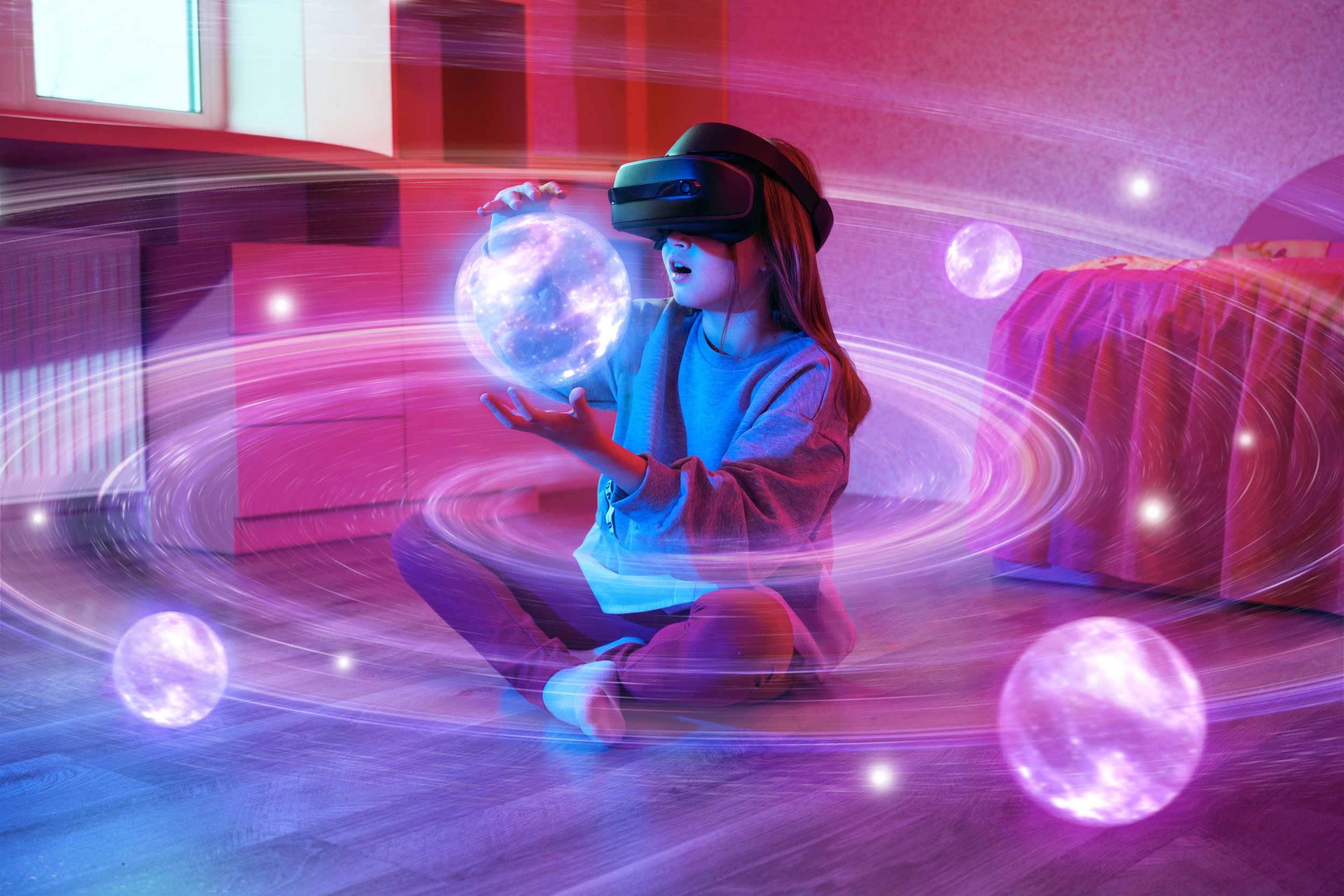Shaping the Future of Sight: Eye Trends in Southlake, 2025
Shaping the Future of Sight: Eye Trends in Southlake, 2025
Introduction
In this auspicious occasion, we are delighted to delve into the intriguing topic related to Shaping the Future of Sight: Eye Trends in Southlake, 2025. Let’s weave interesting information and offer fresh perspectives to the readers.
Table of Content
- 1 Shaping the Future of Sight: Eye Trends in Southlake, 2025
- 2 Introduction
- 3 Shaping the Future of Sight: Eye Trends in Southlake, 2025
- 3.1 1. The Rise of Personalized Eye Care
- 3.2 2. Technology-Driven Eye Care
- 3.3 3. Focus on Preventative Eye Care
- 3.4 4. Growing Demand for Cosmetic Eye Care
- 3.5 5. The Importance of Eye Health for Overall Well-being
- 3.6 6. The Role of Technology in Patient Education
- 3.7 7. Focus on Sustainability and Environmental Impact
- 3.8 8. The Future of Vision: Beyond Traditional Eye Care
- 4 Related Searches
- 5 FAQs
- 6 Tips
- 7 Conclusion
- 8 Closure
Shaping the Future of Sight: Eye Trends in Southlake, 2025
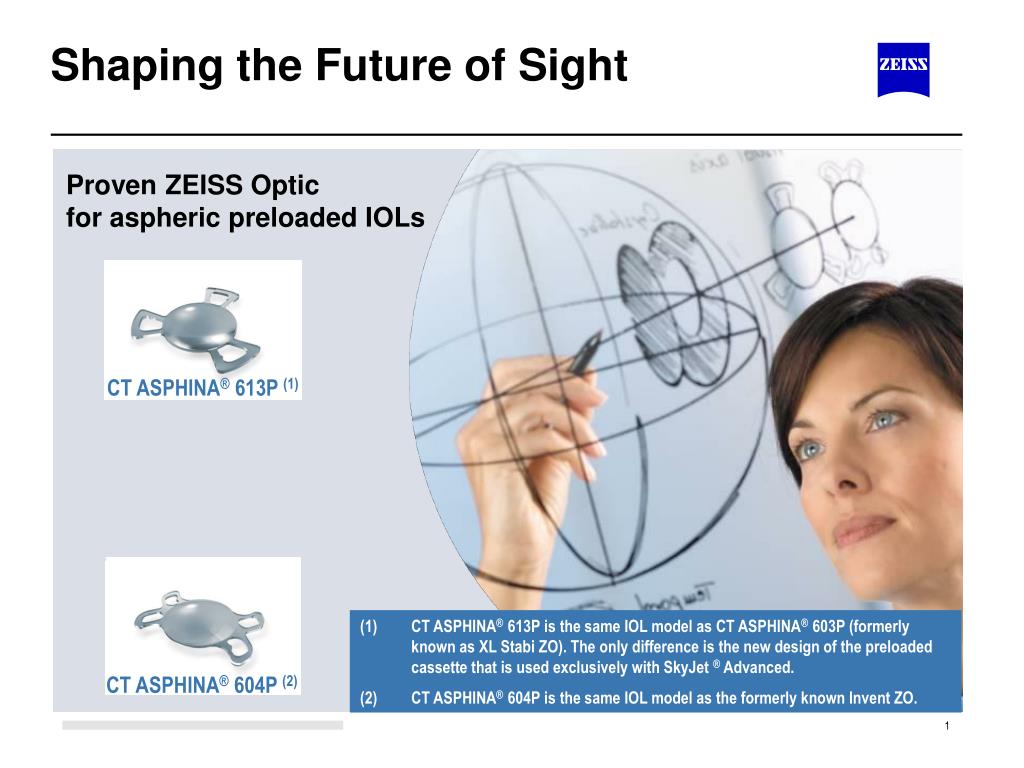
The world of ophthalmology is constantly evolving, driven by advancements in technology, shifting demographics, and a growing awareness of the importance of eye health. As we look towards 2025, Southlake, Texas, like many other communities, is poised to experience a transformation in its approach to eye care. This article delves into the key trends shaping the landscape of eye trends southlake 2025, exploring their impact on patient experience, technological innovation, and the future of vision care.
1. The Rise of Personalized Eye Care
One of the most significant trends in eye trends southlake 2025 is the increasing emphasis on personalized eye care. This shift reflects the growing understanding that each individual’s vision needs are unique, influenced by factors like genetics, lifestyle, and environmental exposures.
Personalized eye care involves a more comprehensive approach to diagnosis and treatment, incorporating:
- Genetic testing: Identifying predispositions to eye conditions like glaucoma, macular degeneration, and diabetic retinopathy.
- Advanced imaging: Utilizing high-resolution imaging techniques to detect subtle changes in eye structures and monitor disease progression.
- Customizable treatments: Tailoring treatment plans based on individual needs, utilizing a range of options from prescription lenses and contact lenses to laser surgery and gene therapy.
This personalized approach empowers patients to take proactive steps towards maintaining optimal eye health and preventing vision loss.
2. Technology-Driven Eye Care
Technology is revolutionizing eye trends southlake 2025, offering innovative solutions for diagnosis, treatment, and patient management.
Key technological advancements driving the future of eye care include:
- Artificial intelligence (AI): AI algorithms are being used to analyze retinal images and identify early signs of eye diseases, improving diagnostic accuracy and enabling earlier intervention.
- Telemedicine: Virtual consultations and remote monitoring platforms allow patients to access eye care services from the comfort of their homes, improving accessibility and convenience.
- Augmented reality (AR) and virtual reality (VR): These technologies are being explored for training ophthalmologists, simulating surgical procedures, and providing immersive visual experiences for patients with vision impairments.
- Smart contact lenses: These innovative lenses are being developed to monitor eye health, deliver medication, and even enhance vision.
These technological advancements are transforming the patient experience, making eye care more efficient, accessible, and personalized.
3. Focus on Preventative Eye Care
As the population ages and the prevalence of eye diseases increases, the importance of preventive eye care is becoming increasingly recognized. Eye trends southlake 2025 will emphasize proactive measures to protect and preserve vision.
Strategies for promoting preventative eye care include:
- Early detection screenings: Encouraging regular comprehensive eye exams for individuals of all ages, especially those at risk for eye diseases.
- Lifestyle modifications: Educating patients about the importance of healthy habits like maintaining a balanced diet, exercising regularly, and protecting eyes from harmful UV radiation.
- Public awareness campaigns: Raising awareness about eye health issues and promoting early intervention to prevent vision loss.
By prioritizing preventative measures, individuals can significantly reduce their risk of developing vision-threatening conditions and maintain optimal eye health throughout their lives.
4. Growing Demand for Cosmetic Eye Care
The demand for cosmetic eye care procedures is on the rise, driven by a growing desire to enhance appearance and address age-related changes. Eye trends southlake 2025 will see a continued focus on procedures like:
- Laser vision correction: Enhancing vision and reducing dependence on glasses or contact lenses.
- Blepharoplasty (eyelid surgery): Addressing drooping eyelids and bags under the eyes, improving facial aesthetics.
- Botox and fillers: Minimizing wrinkles and fine lines around the eyes, enhancing facial rejuvenation.
These procedures offer patients a range of options to address both functional and aesthetic concerns, contributing to a more youthful and confident appearance.
5. The Importance of Eye Health for Overall Well-being
The link between eye health and overall well-being is increasingly recognized. Eye trends southlake 2025 will see a greater emphasis on addressing the impact of eye conditions on systemic health.
Key areas of focus include:
- Diabetic retinopathy: Recognizing the importance of early detection and treatment of diabetic retinopathy to prevent vision loss and manage diabetes complications.
- Glaucoma: Understanding the link between glaucoma and cardiovascular disease, emphasizing the importance of comprehensive eye exams for individuals with cardiovascular risk factors.
- Mental health: Recognizing the impact of vision loss on mental health and providing support services to address emotional and psychological challenges.
By acknowledging the interconnectedness of eye health and overall well-being, healthcare providers can provide holistic care that addresses both physical and mental health needs.
6. The Role of Technology in Patient Education
Eye trends southlake 2025 will see a significant shift towards technology-driven patient education. Online resources, mobile apps, and virtual reality simulations will play a key role in empowering patients to understand their eye health and make informed decisions about their care.
Benefits of technology-driven patient education include:
- Increased accessibility: Providing patients with easy access to information about eye conditions, treatment options, and preventative measures.
- Enhanced understanding: Utilizing interactive tools and visual aids to explain complex medical concepts in a clear and engaging way.
- Improved engagement: Encouraging patients to actively participate in their care by providing them with the knowledge and resources to make informed decisions.
Technology is empowering patients to become active participants in their eye care journey, fostering a collaborative approach between patients and healthcare providers.
7. Focus on Sustainability and Environmental Impact
Eye trends southlake 2025 will see a growing focus on sustainability and environmental impact in eye care. This trend reflects a global shift towards eco-conscious practices across all industries.
Key areas of focus include:
- Reducing waste: Implementing practices to minimize waste generated from disposable medical supplies and packaging.
- Promoting recycling: Encouraging the use of recyclable materials and promoting recycling programs for medical waste.
- Energy efficiency: Utilizing energy-efficient equipment and practices to reduce the environmental footprint of eye care facilities.
- Sustainable product development: Supporting the development and use of eco-friendly materials and products in eye care.
By adopting sustainable practices, eye care providers can contribute to a healthier planet while providing high-quality care to their patients.
8. The Future of Vision: Beyond Traditional Eye Care
Eye trends southlake 2025 will see the emergence of innovative approaches to vision care that go beyond traditional eye care. These advancements are driven by a desire to address the unmet needs of patients with vision impairments and enhance the quality of life for individuals with visual challenges.
Key areas of focus include:
- Bioengineered vision restoration: Exploring novel therapies like gene therapy and stem cell transplantation to restore vision in patients with degenerative eye diseases.
- Brain-computer interfaces: Developing technologies that allow individuals with blindness to perceive visual information through brain signals.
- Augmented reality (AR) and virtual reality (VR) applications: Utilizing these technologies to provide immersive visual experiences for individuals with vision impairments, enhancing their ability to navigate their surroundings and interact with the world.
- Assistive technology: Developing innovative assistive devices like smart glasses, wearable sensors, and tactile displays to enhance the independence and mobility of individuals with visual impairments.
These groundbreaking advancements are paving the way for a future where vision loss is no longer a barrier to living a fulfilling life.
Related Searches
1. Best Ophthalmologists in Southlake
Southlake is home to a thriving community of skilled ophthalmologists, each with their own area of expertise. When choosing an ophthalmologist, it’s crucial to consider factors like:
- Board certification: Ensuring the ophthalmologist is certified by the American Board of Ophthalmology.
- Experience and expertise: Looking for an ophthalmologist specializing in the specific eye condition you are concerned about.
- Patient reviews and testimonials: Checking online reviews and testimonials to gauge the quality of care and patient satisfaction.
2. Eye Exams in Southlake
Regular eye exams are essential for maintaining optimal eye health and detecting early signs of eye diseases. In Southlake, you can find a variety of eye care providers offering comprehensive eye exams, including:
- Ophthalmologists: Provide comprehensive eye exams and specialize in the diagnosis and treatment of eye diseases.
- Optometrists: Conduct eye exams, prescribe eyeglasses and contact lenses, and manage common eye conditions.
- Opticians: Fit and dispense eyeglasses and contact lenses based on prescriptions provided by ophthalmologists or optometrists.
3. Laser Eye Surgery in Southlake
Laser eye surgery, also known as refractive surgery, is a popular procedure to correct vision problems like nearsightedness, farsightedness, and astigmatism. In Southlake, there are several reputable eye care centers offering a range of laser eye surgery options, including:
- LASIK: A common laser eye surgery procedure that reshapes the cornea to improve vision.
- PRK: A laser eye surgery procedure that removes a thin layer of the cornea to correct vision.
- SMILE: A minimally invasive laser eye surgery procedure that creates a small lenticule (a thin disc of corneal tissue) to correct vision.
4. Contact Lenses in Southlake
Contact lenses offer an alternative to eyeglasses for correcting vision problems. In Southlake, you can find a wide selection of contact lenses, including:
- Soft contact lenses: Comfortable and easy to wear, suitable for most people.
- Rigid gas permeable (RGP) contact lenses: Provide sharper vision than soft lenses, ideal for individuals with astigmatism or other complex vision conditions.
- Multifocal contact lenses: Designed to correct both nearsightedness and farsightedness, eliminating the need for reading glasses.
- Disposable contact lenses: Available in daily, weekly, and monthly options, offering convenience and hygiene.
5. Eyeglasses in Southlake
Eyeglasses are a common and effective way to correct vision problems. In Southlake, you can find a variety of eye care providers offering a wide selection of eyeglasses, including:
- Optical shops: Offer a wide range of frames and lenses from different brands and styles.
- Ophthalmologists and optometrists: May also offer eyeglasses as part of their services.
- Online retailers: Offer a convenient and affordable option for purchasing eyeglasses.
6. Eye Care for Children in Southlake
Children’s eye care is crucial for ensuring healthy vision development. In Southlake, there are several eye care providers specializing in pediatric eye care, offering services like:
- Comprehensive eye exams: Identifying any vision problems or eye diseases early on.
- Prescriptions for eyeglasses or contact lenses: Providing the appropriate vision correction for children.
- Treatment for eye conditions: Addressing any eye conditions that may affect a child’s vision.
7. Emergency Eye Care in Southlake
In case of a sudden eye injury or vision loss, it’s important to seek immediate medical attention. In Southlake, you can find several emergency eye care providers, including:
- Urgent care centers: Offer immediate care for eye injuries and other urgent eye conditions.
- Emergency rooms: Provide 24/7 care for severe eye injuries and vision loss.
- Ophthalmologists: Some ophthalmologists offer emergency appointments for urgent eye care needs.
8. Eye Health Resources in Southlake
Southlake offers a variety of resources for individuals seeking information about eye health and vision care, including:
- Local eye care organizations: Providing educational materials, support groups, and community outreach programs.
- Online resources: Offering comprehensive information about eye conditions, treatment options, and preventative measures.
- Healthcare professionals: Providing personalized advice and guidance on eye health and vision care.
FAQs
1. What are the most common eye conditions in Southlake?
The most common eye conditions in Southlake, as in many other communities, include:
- Refractive errors: Nearsightedness, farsightedness, and astigmatism, which can be corrected with eyeglasses, contact lenses, or laser eye surgery.
- Cataracts: Clouding of the natural lens of the eye, leading to blurry vision.
- Glaucoma: A group of eye diseases that damage the optic nerve, potentially leading to vision loss.
- Macular degeneration: A condition that affects the central part of the retina, causing blurred or distorted vision.
- Diabetic retinopathy: Damage to the blood vessels in the retina, caused by diabetes.
2. How often should I get a comprehensive eye exam?
The frequency of eye exams depends on individual factors like age, risk factors for eye diseases, and current vision status. However, general recommendations include:
- Children: A comprehensive eye exam should be performed before starting school and then every 1-2 years.
- Adults: Adults under 60 with no risk factors for eye diseases should have a comprehensive eye exam every 2-4 years.
- Adults over 60: Adults over 60 should have a comprehensive eye exam every 1-2 years.
- Individuals with risk factors for eye diseases: Individuals with diabetes, family history of eye diseases, or other risk factors should have a comprehensive eye exam more frequently, as recommended by their eye care provider.
3. What are the signs and symptoms of eye problems I should be aware of?
Several signs and symptoms can indicate an eye problem. It’s important to seek medical attention if you experience:
- Blurry vision: Difficulty seeing clearly, especially at a distance or up close.
- Double vision: Seeing two images of an object.
- Eye pain: Pain in or around the eye.
- Redness or swelling: Inflammation or swelling of the eye or eyelids.
- Discharge: Mucus or pus coming from the eye.
- Sensitivity to light: Discomfort or pain when exposed to bright light.
- Sudden vision loss: A sudden decrease or loss of vision in one or both eyes.
- Flashes of light or floaters: Seeing flashes of light or dark spots or strings in your vision.
4. What are the best ways to protect my eye health?
Several lifestyle habits can help protect your eye health and prevent vision loss. These include:
- Regular eye exams: Get regular comprehensive eye exams to detect early signs of eye diseases.
- Healthy diet: Eat a balanced diet rich in fruits, vegetables, and omega-3 fatty acids.
- Regular exercise: Engage in regular physical activity to improve blood circulation and reduce the risk of eye diseases.
- Protect your eyes from UV radiation: Wear sunglasses with UV protection and a wide brimmed hat when outdoors.
- Quit smoking: Smoking increases the risk of developing eye diseases.
- Manage chronic conditions: Control blood sugar levels if you have diabetes, manage blood pressure, and maintain healthy cholesterol levels.
Tips
1. Choose an eye care provider carefully.
When choosing an eye care provider, consider factors like board certification, experience, expertise, and patient reviews.
2. Schedule regular eye exams.
Regular eye exams are essential for detecting early signs of eye diseases and maintaining optimal eye health.
3. Protect your eyes from UV radiation.
Wear sunglasses with UV protection and a wide-brimmed hat when outdoors to protect your eyes from harmful UV radiation.
4. Maintain a healthy lifestyle.
Eat a balanced diet, exercise regularly, and avoid smoking to promote overall health and protect your eye health.
5. Seek immediate medical attention for any eye injuries or sudden vision loss.
Don’t delay seeking medical attention if you experience a sudden eye injury or vision loss.
Conclusion
Eye trends southlake 2025 are driven by technological advancements, changing demographics, and a growing awareness of the importance of eye health. The future of eye care in Southlake promises a more personalized, technology-driven, and preventative approach to vision care.
By embracing innovation, prioritizing preventative measures, and focusing on patient education, eye care providers in Southlake can ensure that their community enjoys optimal eye health and the gift of sight for years to come.

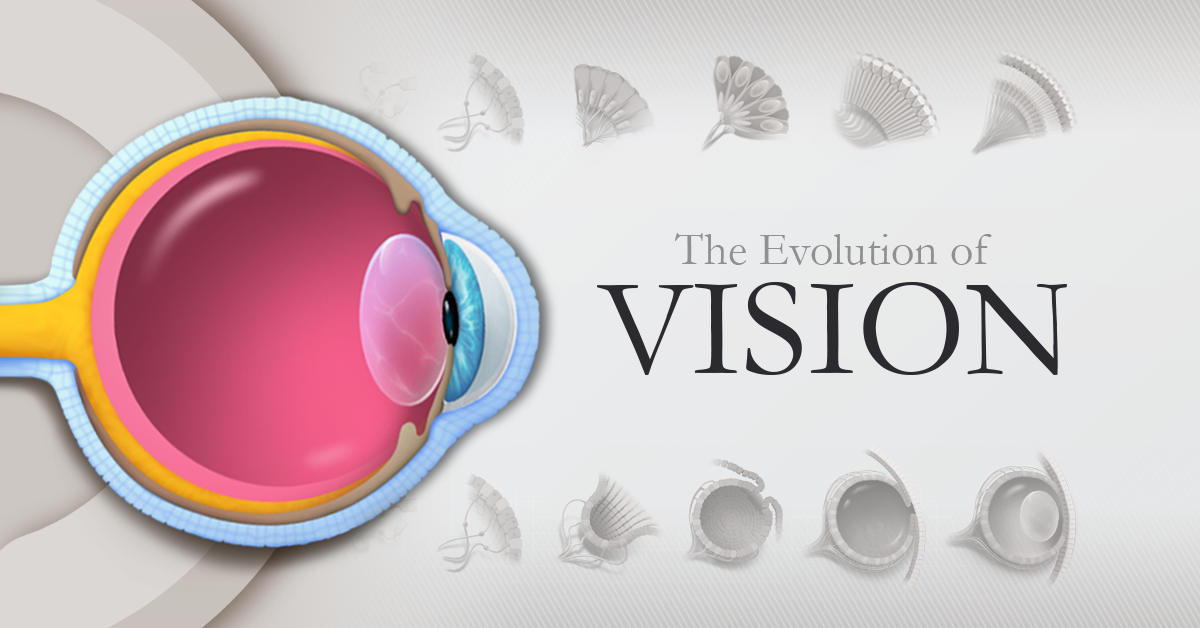
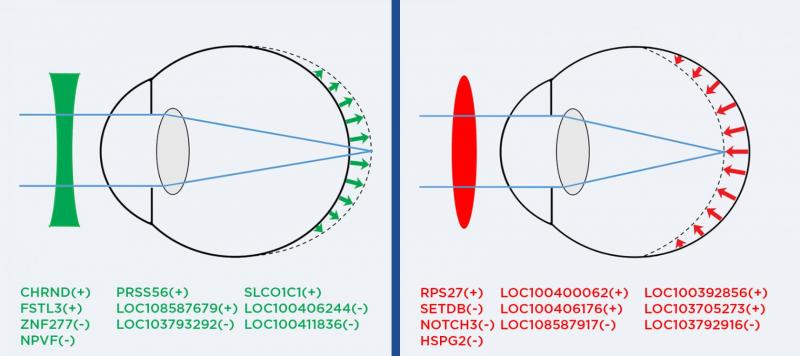

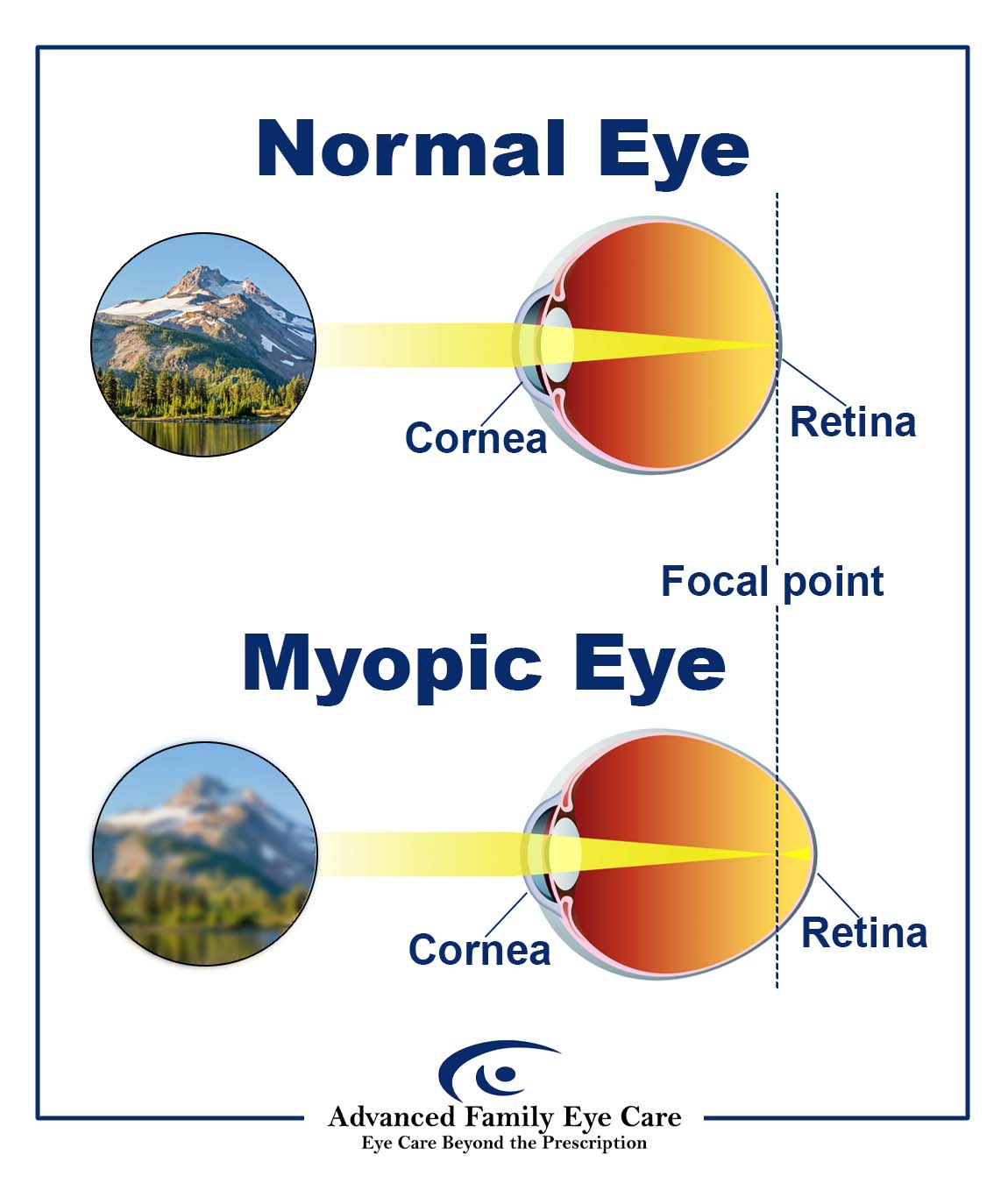

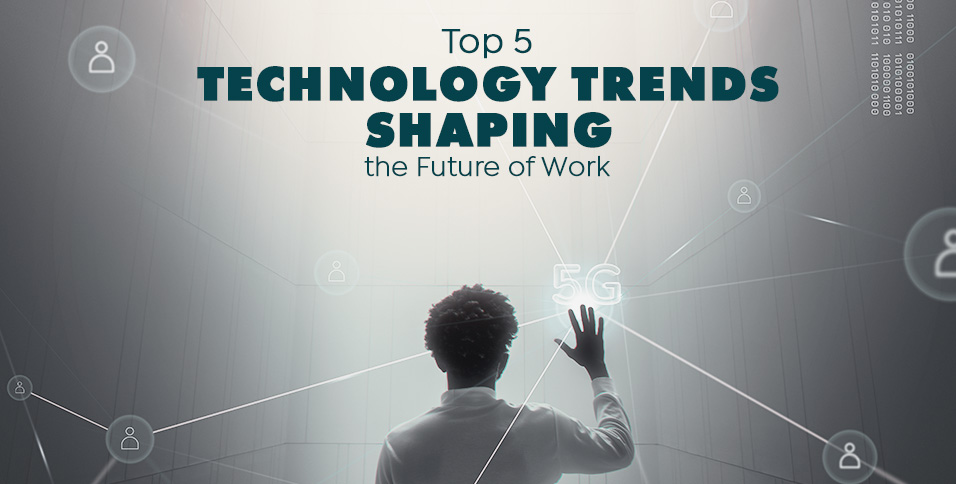
Closure
Thus, we hope this article has provided valuable insights into Shaping the Future of Sight: Eye Trends in Southlake, 2025. We appreciate your attention to our article. See you in our next article!
